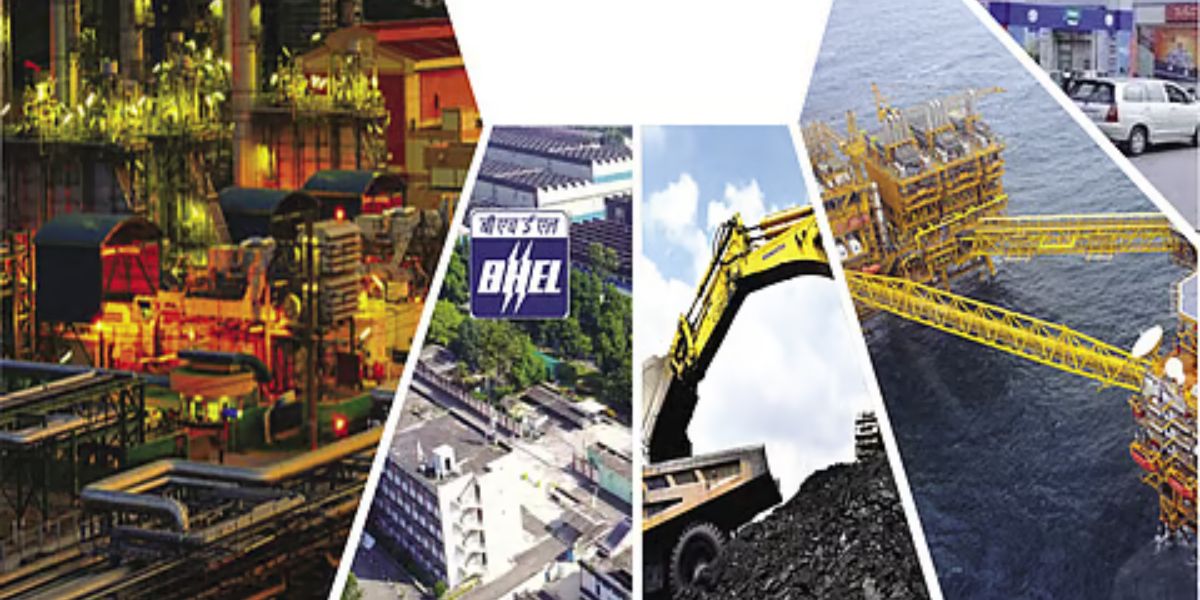As India moves forward with its economic reforms, public sector undertaking (PSU) asset sales are emerging as a central pillar of the government’s disinvestment and privatization strategy. The 2025 fiscal year is expected to see some of the largest and most strategically important PSU asset sales in recent years. These initiatives aim not only to raise revenue but also to improve operational efficiency, attract private investment, and modernize legacy state-owned enterprises.
The Growing Focus on PSU Asset Monetization
The Indian government’s National Monetization Pipeline (NMP) and Strategic Disinvestment Plan continue to shape the country’s asset sale strategy. The objective is clear: unlock the value of underutilized public assets and direct the proceeds toward infrastructure, job creation, and growth.
Table of Contents
According to the Department of Investment and Public Asset Management (DIPAM), asset monetization involves transferring revenue rights, not ownership, of brownfield assets to private investors. This ensures that public ownership is preserved while allowing private firms to generate efficiency and innovation in management.
In 2025, several major PSU asset transactions are expected to draw significant investor attention — especially in sectors like energy, transport, defense, and steel.
Major PSU Asset Sales Expected in 2025
1. Shipping Corporation of India (SCI)
One of the biggest strategic disinvestments scheduled for 2025 is the sale of Shipping Corporation of India (SCI). The government has already initiated the process of transferring non-core assets to a separate entity, clearing the way for privatization. With strong interest from global logistics and maritime players, the sale could potentially fetch billions in proceeds and strengthen India’s maritime logistics sector.
2. IDBI Bank
The proposed stake sale in IDBI Bank remains one of the most closely watched asset transactions. The government and Life Insurance Corporation of India (LIC) jointly hold around 95% of the bank’s equity. Once privatized, IDBI could serve as a model for blending public trust with private-sector innovation, improving efficiency in retail banking and digital services.
3. NMDC Steel Limited (NSL)
Following the trend of separating core and non-core assets, the NMDC Steel Limited sale is anticipated to be completed in 2025. Located in Chhattisgarh, the Nagarnar plant represents a major industrial investment. Strategic investors, both domestic and international, are expected to bid aggressively, reflecting the growing global appetite for steel infrastructure investments.
4. Bharat Petroleum Corporation Limited (BPCL)
After delays over valuation and investor concerns, the BPCL privatization process may finally see progress this year. With renewed interest from energy giants, BPCL’s disinvestment could be a landmark move in India’s push for energy sector modernization.
5. Container Corporation of India (CONCOR)
The sale of a strategic stake in CONCOR is likely to gather momentum in 2025 as logistics becomes central to India’s economic growth. The privatization will allow greater operational flexibility, attract technology partnerships, and help meet the ambitious goals of the PM Gati Shakti infrastructure initiative.
Why These Asset Sales Matter
India’s PSU asset sales are not just about fiscal gains. They are part of a long-term economic strategy to reduce the government’s direct role in business while fostering private investment and innovation.
Boost to Infrastructure Development
Funds raised through asset sales are often redirected toward infrastructure and social development projects. This helps improve logistics, connectivity, and public utilities, creating multiplier effects across sectors.
Increased Private Sector Participation
Allowing private entities to manage previously state-owned assets encourages competition, innovation, and efficiency. For instance, private involvement in sectors like logistics and energy has led to better service quality and cost optimization.
Revival of Non-Performing PSUs
Many of the asset sales in 2025 involve PSUs that have struggled with inefficiency or low profitability. Privatization helps these enterprises access new technology, management systems, and capital infusion to restore viability.
Government’s Policy Push and Market Outlook
The Union Budget 2025–26 reaffirmed the government’s commitment to strategic disinvestment. With DIPAM coordinating closely with line ministries, the focus is on completing pending sales efficiently and transparently.
The government has also been simplifying approval processes, making valuations more market-driven, and offering investors greater clarity on policy. Market analysts expect 2025 to be a decisive year for India’s asset monetization program, potentially unlocking over ₹1.5 lakh crore in asset value.
Challenges Ahead
While the roadmap is ambitious, there are still challenges. Market volatility, regulatory approvals, and sector-specific hurdles can delay closures. Additionally, attracting global investors requires stable policy frameworks and assurances regarding post-sale governance.
However, the overall sentiment remains positive, with India seen as a growth engine in Asia. The demand for strategic assets, especially in core sectors like energy, steel, and logistics, remains strong despite global headwinds.
The Road Ahead for PSU Asset Sales
As India continues its push toward economic modernization, the 2025 PSU asset sales will be key milestones in redefining the public-private balance. The government’s focus on transparency, investor confidence, and value maximization will ensure that these transactions contribute meaningfully to national growth.
By diversifying ownership and enabling private sector efficiency, PSU asset sales have the potential to transform underperforming enterprises into globally competitive entities.
India’s asset monetization journey has just begun — and 2025 could well be the turning point that defines the country’s next phase of economic growth.
Interested in the latest updates on PSU asset sales and economic reforms? Stay tuned to indiapublicsector.com for in-depth coverage and expert insights on India’s evolving public sector landscape.









